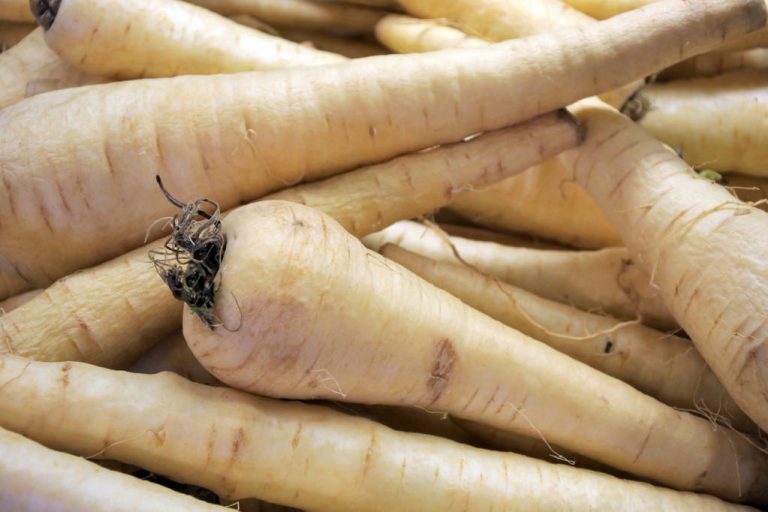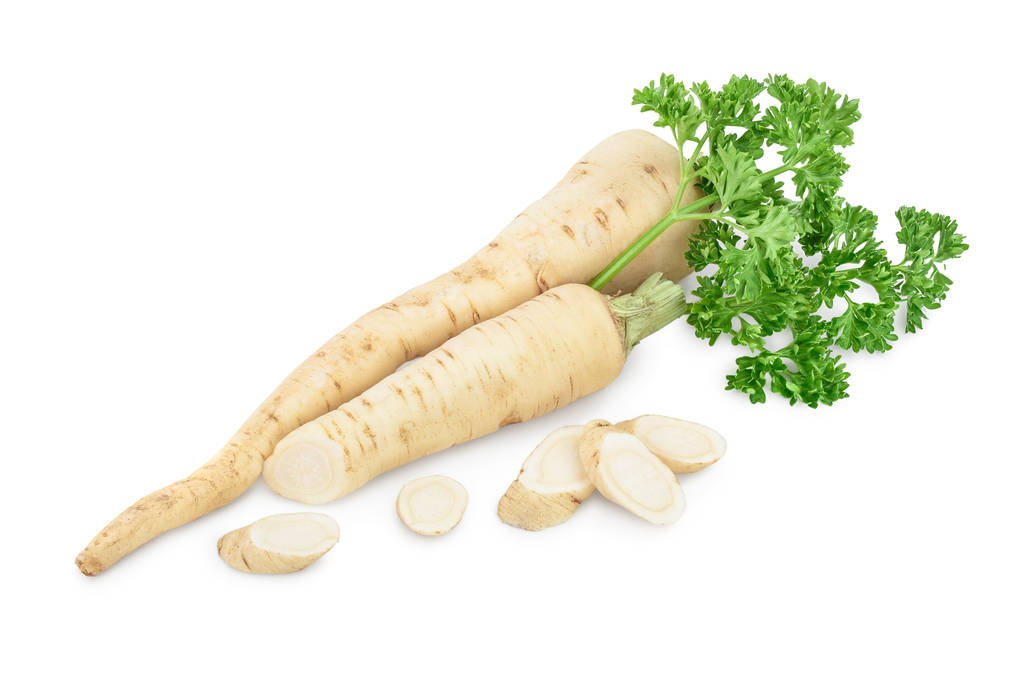Root vegetables have been making a comeback in the home kitchen for a number of years. Especially in winter, it provides us with valuable nutrients and offers a tasty change from the seasonal cabbage varieties. When buying parsnip and parsley root, however, care should be taken to ensure that they are as small as possible.
Small but great!

If you like to prepare delicious dishes from parsnips and parsley roots, you should make sure that the vegetables are as small as possible the next time you go shopping. These specimens have a more intense aroma than their larger versions. As a reminder, the smaller the parsnips or parsley roots, the tenderer and the better the taste.
In addition, the skin of the popular winter vegetable should be firm and intact. Dull and wrinkled skin indicates improper storage and loss of flavor and nutritional value. The foliage is also important: it should look as green and juicy as possible. If you wrap the parsnip and parsley root in a damp kitchen towel after you buy it and put it in the vegetable compartment of the fridge, you can keep it for up to ten days.
That’s how healthy parsnips and parsley roots are
The underground vegetables are bursting with valuable ingredients. Parsnips contain a relatively large amount of carbohydrates and fiber, which keeps you full for a long time. In addition to the typical spicy taste, the essential oil it contains also has a slightly antibacterial effect.
In addition to B vitamins, protein, calcium, and iron, parsley roots contain a large portion of vitamin C! Their intensely spicy aroma also comes from essential oils, which make the vegetable – in contrast to some other winter vegetables – particularly easy to digest and, among other things, also support the function of the kidneys.
Great recipe ideas!

Got a taste for parsnip and parsley root? Great, then here you will find ingenious root vegetable recipes to fill you up.





